Nothing says home like changing the flooring in your living area. And in many cases, the warmth of a room can be traced to the carpeting installed on the floor.
Yet choosing which carpeting is best for you and your family can sometimes be a daunting task. When it comes to flooring, asking the right questions from the beginning can make all the difference in a successful room makeover.
1. How can I find the best carpet for my home?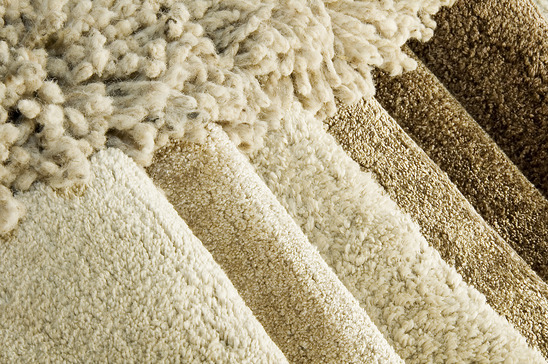
Everyone has a budget for their flooring upgrade. The best place to start is there. When you work with a flooring expert, share your budgeted allowance up front. Keep in mind that a complete room will involve the cost of the carpet, the padding, and any labor that is involved for installation plus improvements if needed to repair the area being carpeted. Look to warranties on both the padding and the carpeting for longevity. Also consider how much it will be to remove old carpet, and haul it away.
Then share as much as you can about the area you will be carpeting. Bedrooms have different wear patterns than family rooms. Colors, patterns and styles can all be used to create a warm living environment while giving you the wearability you expect.
2. How can I make my installation process smooth?
Installing carpeting involves more than bringing in new carpet and stretching it to the length of your room. All furniture must be removed, making way for the installation process. Your installer will also need to have a level subfloor to work with once old flooring is removed. Will you be switching from tile or hardwoods to carpets, or simply replacing existing carpeting? Have you had any problems that have required your floor removal, such as a flood? The more your contractor knows up front about what to expect, the fewer surprises you’ll have during the entire process.
3. How can I love my carpets for years to come?
Carpeting is relatively easy to maintain – regular vacuuming and professional cleaning will keep it looking new for years. Yet during the installation process, you can also work with your contractor to give you added benefits. Talk about where doors are located to make sure you have adequate clearance if the carpet comes up to or moves from room to room. You can also talk about options for seam replacement; placing it inconspicuous areas, or areas covered by furniture will cause less wear and showing down the road.
Are you ready for new carpeting? Stop by today and see the many options we have ready for your new flooring project.

For all of your Denver Hardwood Flooring needs visit our site today.
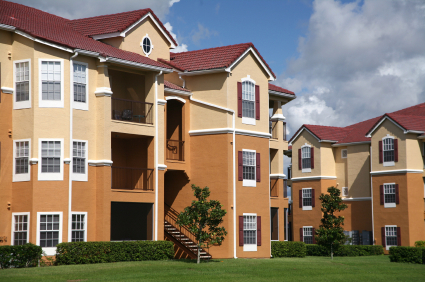

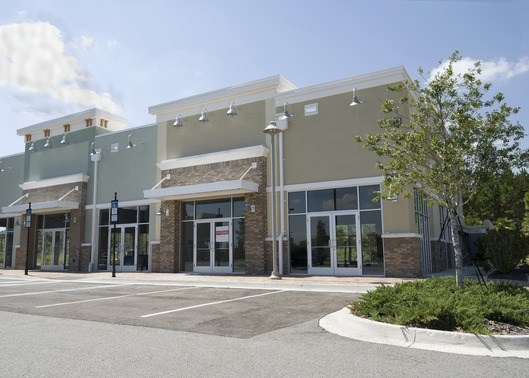

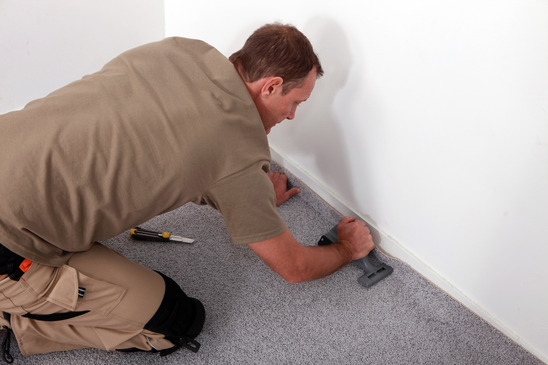

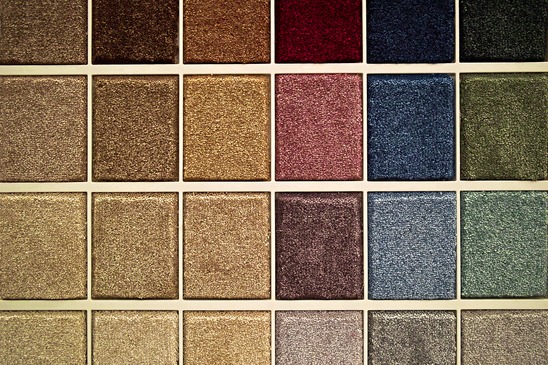 “But I won’t use bright blues or oranges in my carpets,” you might be thinking. And that’s true. But colors still affect the overall appearance and selection of carpeting. When you walk into a home with cool golds, shades of greens, silvers, mauves or grays, you’re likely to think the color choice is old and outdated.
“But I won’t use bright blues or oranges in my carpets,” you might be thinking. And that’s true. But colors still affect the overall appearance and selection of carpeting. When you walk into a home with cool golds, shades of greens, silvers, mauves or grays, you’re likely to think the color choice is old and outdated. I’m not talking about what you wear or what you say. Instead, I’m talking about what happens when a new client opens the door to your office and walks in. Do they see a rich, luxurious look? Do they feel at home, ready to meet with you?
I’m not talking about what you wear or what you say. Instead, I’m talking about what happens when a new client opens the door to your office and walks in. Do they see a rich, luxurious look? Do they feel at home, ready to meet with you?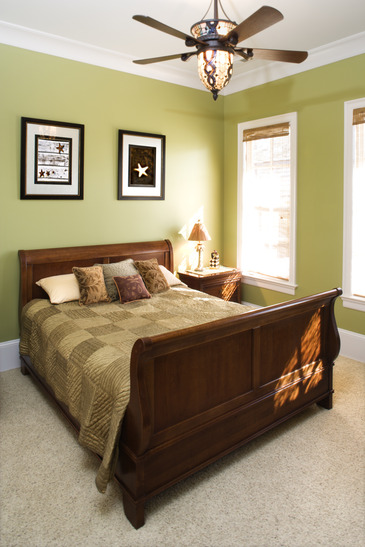 What exactly are carpet seams?
What exactly are carpet seams?